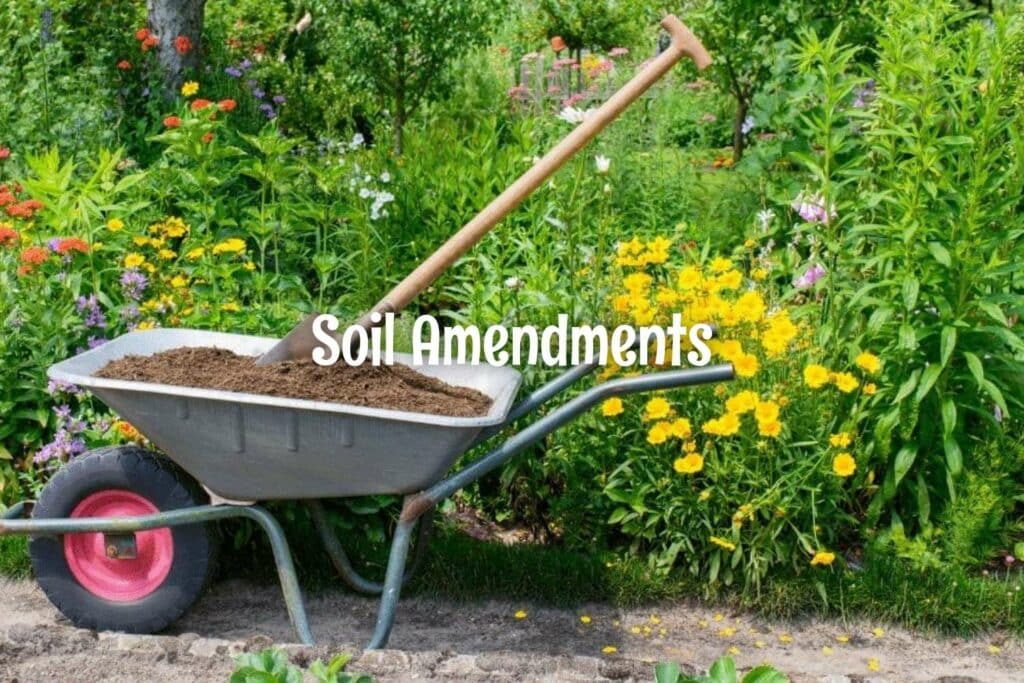
Soil Amendments
by Bob Wilson *
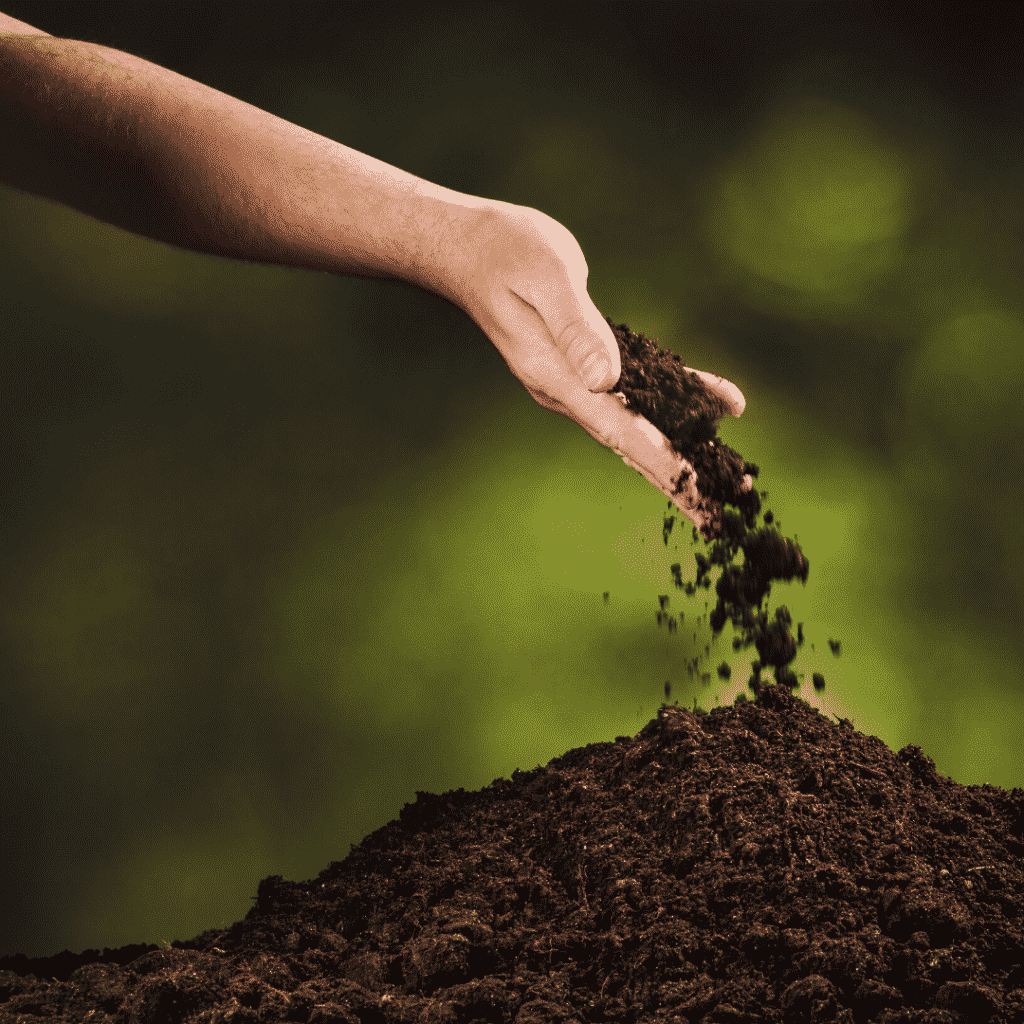
Recently, it has been brought to my attention that some people have had problems using log-yard wastes as soil amendment. I also talked to a homeowner in Coeur d’Alene who bought some topsoil that was not what she wanted. She had ordered some topsoil over the phone and after it was dumped on her property, found out that a major component of it was sewage sludge (called Coeur d’Green) from the city treatment plant. Now, this was a person who does not even like the idea of using manure in her garden so this came as quite a shock. In addition, the material had large stones and pieces of wood.
Although I am a strong proponent of using organic matter as a soil improvement, there are certain guidelines that you should follow and precautions that you can take to make sure you get what you want.
Know your product
Find out what goes into the finished product. What are the materials and where did they come from? There are no legal guidelines, unless you are an organic grower, that specify what can and can’t be included in products like mulch, topsoil and compost. Because of this, it is a “buyer beware” situation. Make sure you take a good look at the product before you buy it. Stick your hands in it (if you dare) and get a feel for how loose the material is. Watch out for lumps of clay.
How well composted is the material?
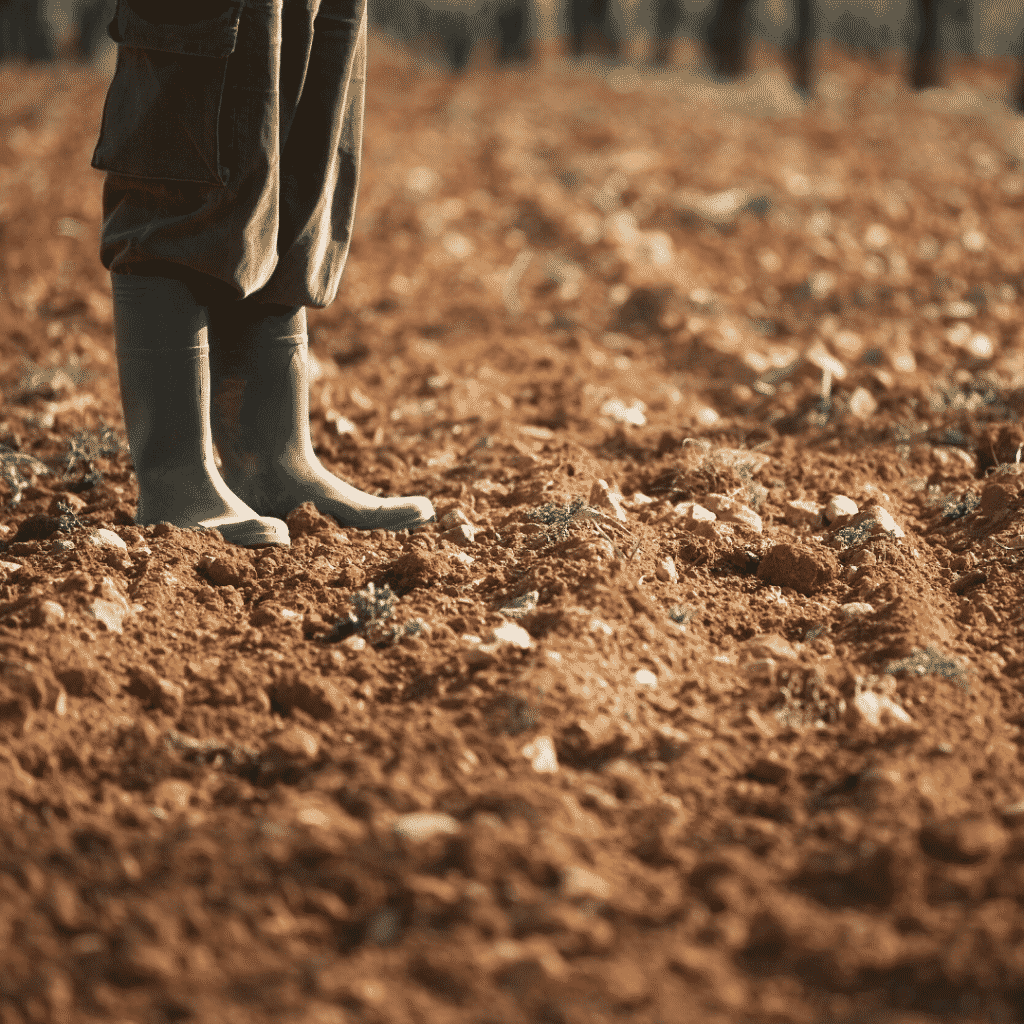
If you are using this as a soil amendment, it may have to be composted first. If it is not already well broken down, then you will have to do the preliminary composting yourself. Uncomposted material will tie up all the nitrogen when mixed in a soil. Adding nitrogen will be necessary to get most woody materials to break down. However, adding the nitrogen to the soil where you have already mixed in the uncomposted material generally gives poor results.
Weeds
Moving soil products around is one way weeds can become established in a new area. Anytime you bring material in, keep an eye on what grows there for the next year or two and make sure you haven’t gotten any unwanted hitchhikers as well.
Get it tested!
You can ask your supplier if they have done a soil test on the material, though this is not commonly done. If you are using a lot of material or if it is to go on a valuable crop, you might want to get it tested yourself. Here are some things to test for:
- pH – small differences between the pH of the compost and pH of the soil will have little impact on your soil when mixed. If the compost is extremely acid or alkaline, then it can cause problems and it may be necessary to add lime to decrease the acidity or sulfur to increase the acidity.
- Carbon:Nitrogen ratio – If a material is not well composted, then the C:N ratio will be high. This will cause nitrogen deficiency when added to the soil. Preferably it should be below 20. Fresh sawdust can be as high as 200. If you are using the material as a surface mulch rather than a soil amendment, then this value is not as important. If the pieces are very large and used as a surface mulch, the impact on nitrogen availability will be negligible and C:N ratio is unimportant.
- Soluble Salts – Excess salts in the soil can cause nutrient imbalances and poor root function. Plants grown in these conditions do poorly, have poor color and may die. Soil labs usually measure the electrical conductivity of the soil solution to determine the salt levels. Electrical conductivity values above 2-3 mmhos/cm indicate high levels, which can cause problems. Generally, excess salt can be leached out with sprinkler irrigation or by rainfall.
- Other contaminants – If you are concerned that a material you have has been contaminated with something, then you can have this tested by an outside lab. Though not common, it is possible for herbicides to get into these products. The University of Idaho Analytical Sciences Lab does not routinely test for contaminants. If anyone needs this kind of testing done, please contact me (UI Bonner County Extension Office, 263-8511) and I can give you some options.
Soils can be improved through the addition of organic matter and mulches are a great way to conserve soil moisture and keep weeds down. These concerns don’t mean that we shouldn’t continue to use these products, but that we should make sure we know what we are getting, and get what we want.
* Originally published 8/19/01 in the Bonner County Daily Bee. Bob Wilson has retired since this article was written.


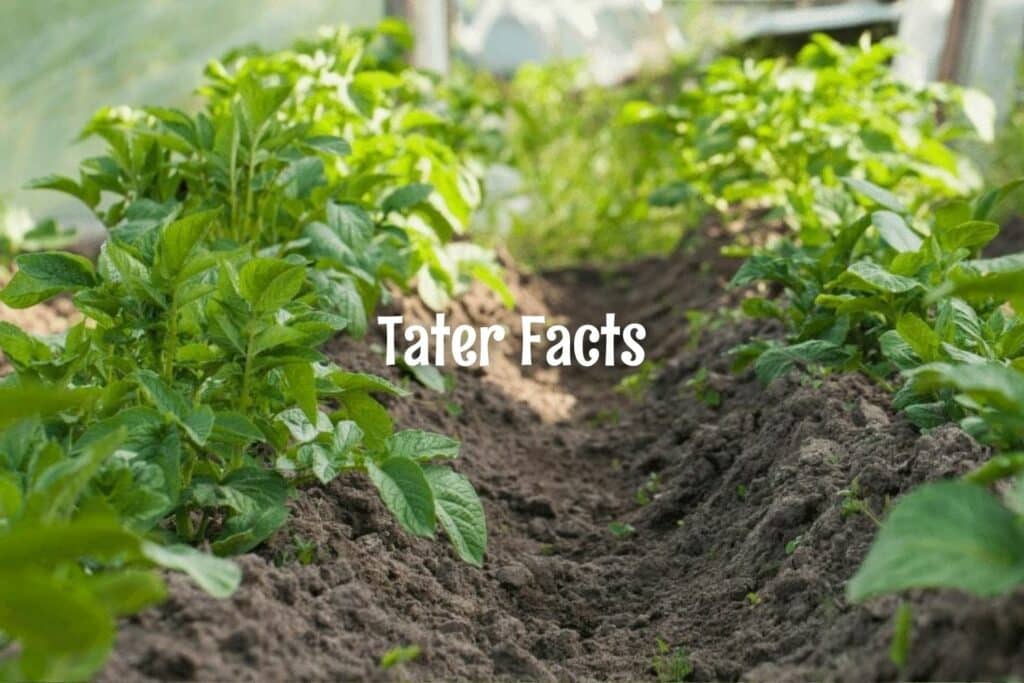
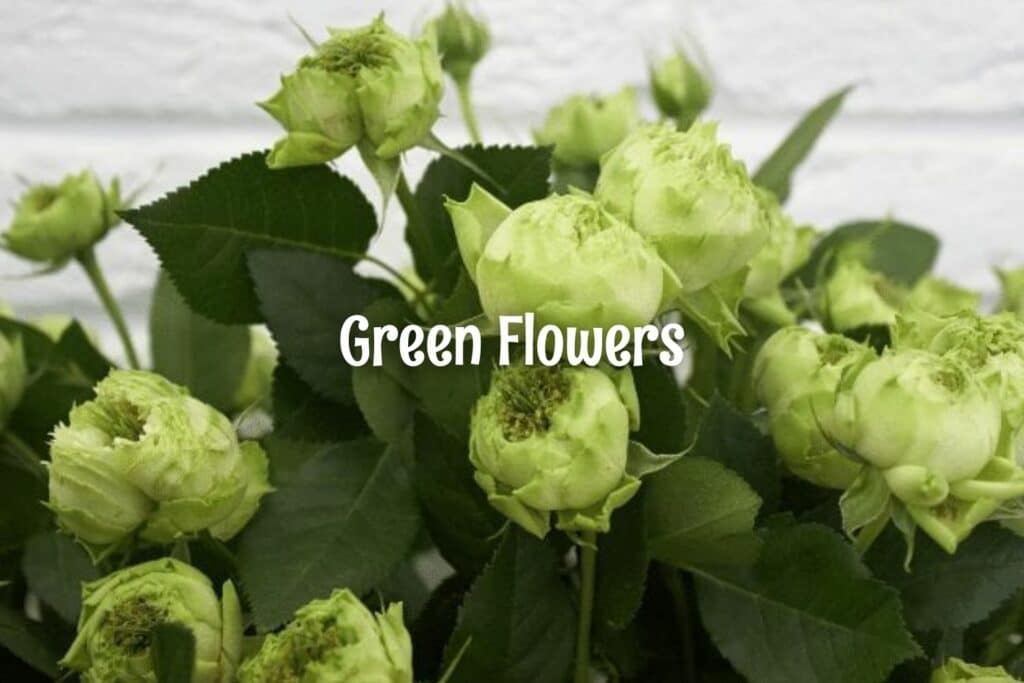

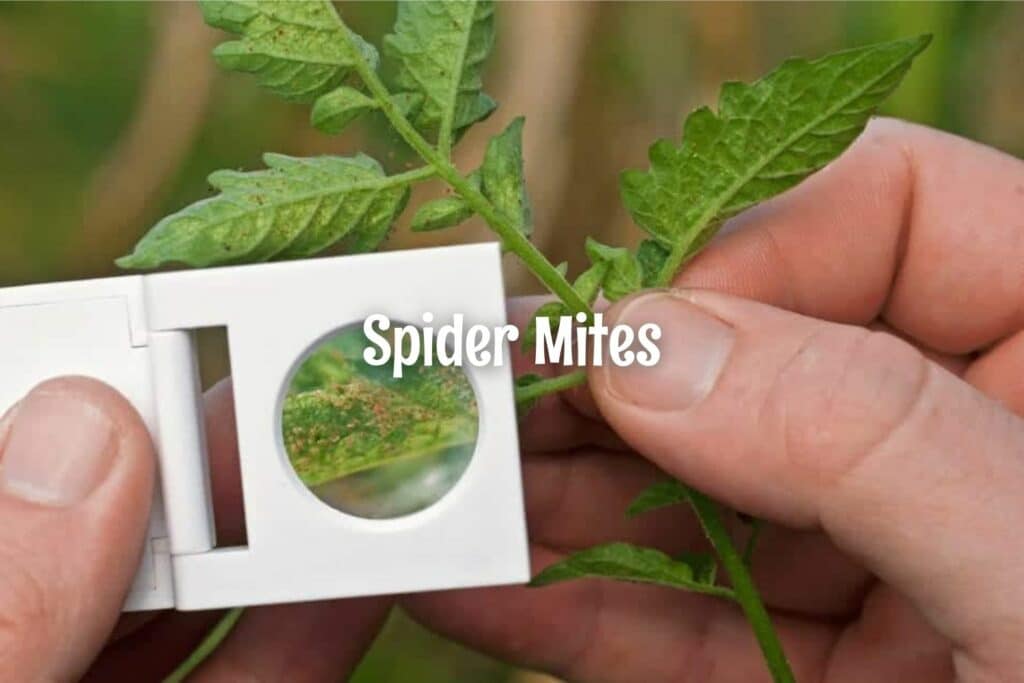

Responses